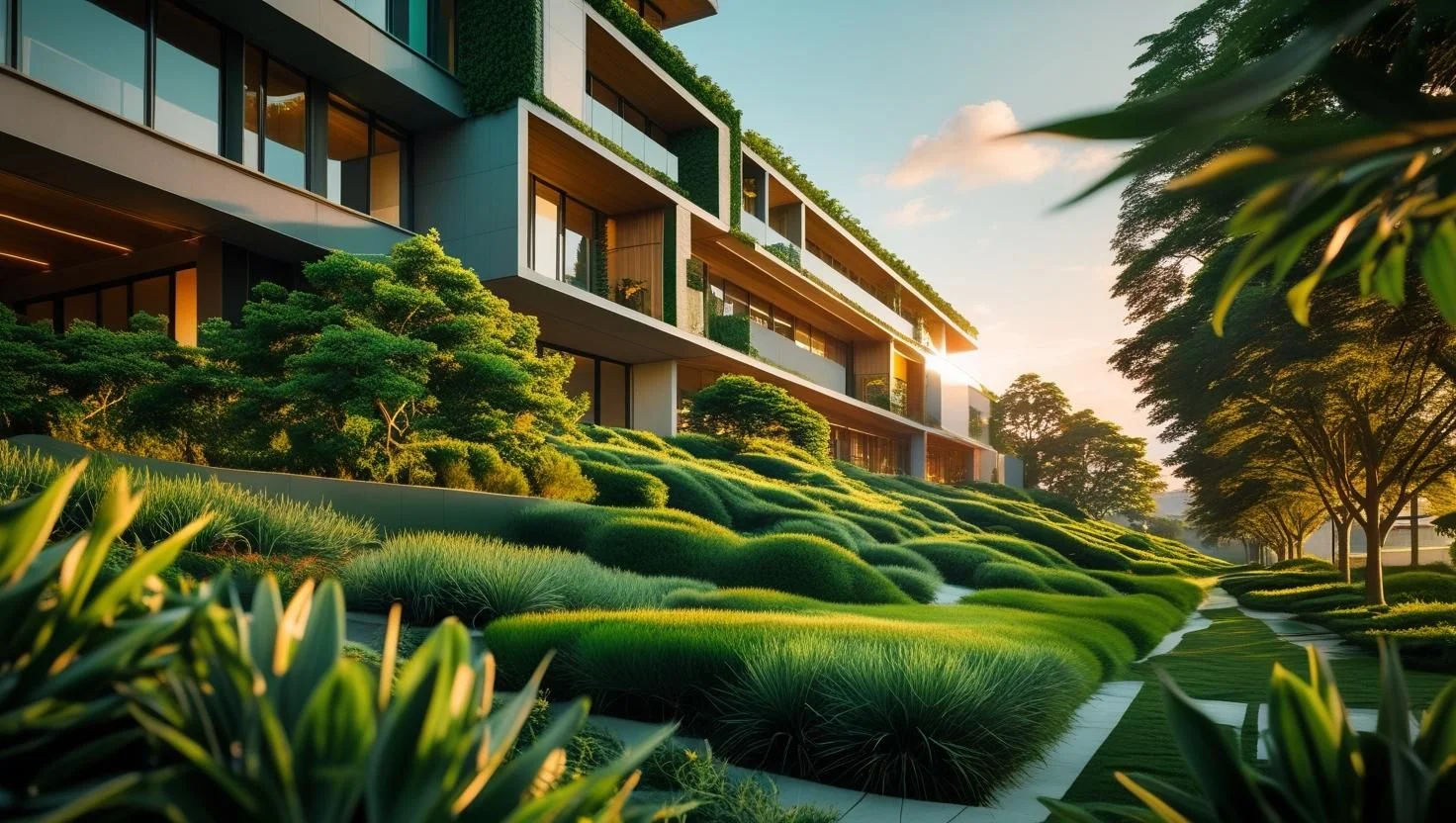Rise of Eco-Friendly Developments: How Green Real Estate Is Reshaping Global Markets
120
9/16/2025

In recent years, a seismic shift has taken place in the real estate sector—one that is being driven by a growing global consciousness toward sustainability. Eco-friendly developments are no longer niche projects for the environmentally obsessed; they have become mainstream investments, attracting global developers, investors, and homeowners alike.
What Is Green Real Estate?
Green real estate refers to properties designed, built, and managed to reduce environmental impact. This includes sustainable building materials, energy efficiency, renewable energy integration, water conservation, waste reduction, and improved indoor environmental quality. Certification systems such as LEED (Leadership in Energy and Environmental Design), BREEAM, and EDGE have become standards in qualifying a property as eco-friendly.
The Shift in Buyer Preferences
Modern buyers—especially Millennials and Gen Z—are no longer content with just square footage and location. Sustainability, health, and long-term energy savings are now major considerations. A 2024 survey by Deloitte found that 68% of property buyers across Europe and North America considered eco-credentials important in their purchasing decisions.
Leading Regions in Eco-Development
1. Europe
Countries like Germany, Sweden, and the Netherlands lead in green certifications and zero-carbon goals. In Berlin, new residential zones are mandating solar panel installations and green roofs. The Dutch are pioneering floating eco-homes to combat sea level rise.
2. Southeast Asia
Bali and Thailand are hotspots for eco-tourism and now, eco-residential developments. Projects such as Green School Bali have inspired entire communities built with bamboo, compost toilets, and permaculture farms.
3. United Arab Emirates
Once known for its energy-hungry skyscrapers, the UAE is now investing heavily in sustainable construction. Masdar City in Abu Dhabi, a smart eco-city project, aims to be one of the most sustainable urban communities globally.
4. United States & Canada
North American cities like Vancouver, Austin, and San Francisco are rolling out green building incentives, while developers compete to offer net-zero homes and mixed-use, walkable communities.
Smart Technology Meets Sustainability
Technology plays a crucial role in modern eco-friendly real estate. Smart home systems now manage lighting, water use, and HVAC systems to optimize efficiency. AI and IoT integrations help reduce energy bills while offering greater convenience to residents.
Investment Appeal of Green Developments
Green buildings tend to have:
-
Lower operating costs
-
Higher resale value
-
Increased rental income potential
-
Eligibility for tax benefits or subsidies
Institutional investors are increasingly prioritising ESG (Environmental, Social, and Governance) criteria. Funds with a focus on green assets are outperforming traditional real estate portfolios in many markets.
Challenges to Eco Real Estate Growth
While the shift toward green is clear, challenges remain:
-
Higher upfront construction costs
-
Lack of consistent green certification standards globally
-
Limited awareness in emerging markets
However, these are being addressed through public-private partnerships, increased government incentives, and global knowledge-sharing networks.
Case Study: Green Village Bali
One standout project is the Green Village Bali. Built entirely from bamboo and designed with open-air layouts and minimal environmental disruption, the village has become a case study for sustainable luxury. Tourists, digital nomads, and investors are flocking to own a piece of this eco-paradise.
What the Future Holds
Looking ahead to 2030 and beyond, several trends are expected to dominate:
-
Rise of regenerative architecture (buildings that give more than they take)
-
Energy-positive homes (that produce more energy than they consume)
-
Biophilic design as a standard (natural integration in architecture)
-
Carbon-negative construction materials like hempcrete and mycelium-based bricks
Final Thoughts
The momentum behind eco-friendly real estate is undeniable. As climate change concerns mount and consumer consciousness evolves, sustainability is no longer an add-on—it’s a must-have. For investors, developers, and homebuyers alike, going green is proving to be a financially smart, future-proof decision.
Green real estate isn't just a trend. It's the new standard.
Are there any questions or do you need advice?
Leave a request
Our expert will contact you to discuss tasks, choose solutions and be in touch at each stage of the transaction.
